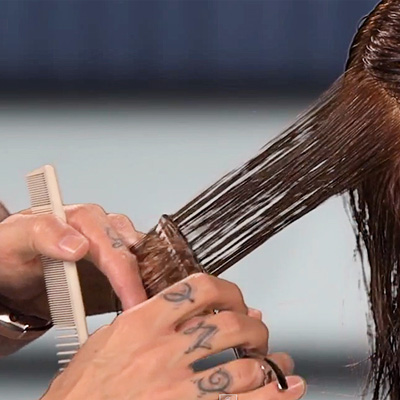Last updated: March 14, 2018
WATCH: Texturizing and Adding Movement to Dense Hair Using a Razor
TRENDING NOW!
-
Mental Health
How To Return To Work While Grieving
-
BTC Hair Trend Report
Quiet Luxury Blonde: The "Old Money" Trend Explained
-
Business
5 Tips To Raise Prices & Increase Revenue Without Losing Clients
-
Bobs
The Biggest Haircut Trends of 2025
-
BTC Hair Trend Report
The Met Gala 2025: The Best Celebrity Beauty Looks
-
Blonde
How To Formulate Toners For Honey Blonde
-
Copper
What Is The "Cowboy Copper" Hair Trend? Here's What It Really Means...
-
Bobs
Textured Vs. Layered Bob: Read This To Learn The Difference!





 or
or






